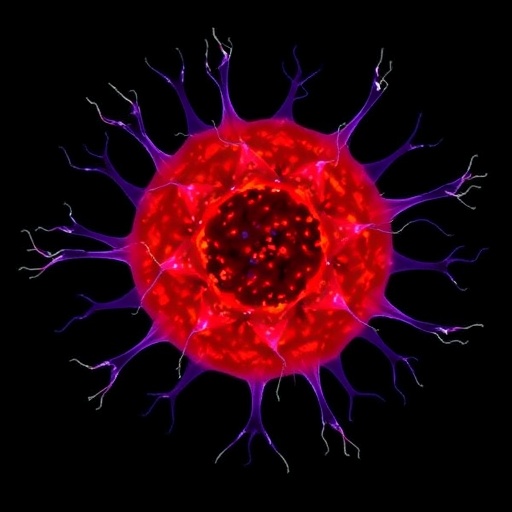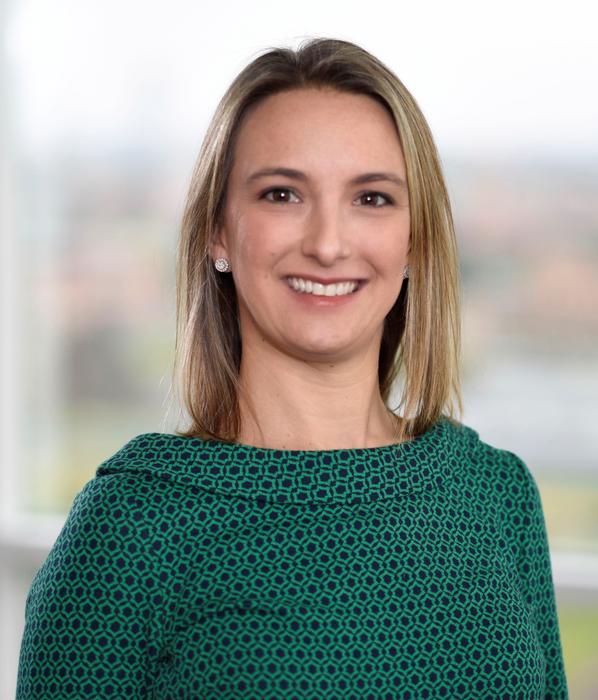Fluorophores will help track whether a body has absorbed medications
A group of scientists from Russia’s Ural Federal University, headed by Professor Grigory Zyryanov, synthesized a group of multi-purpose fluorophores. The scientists told about the content and results of their research on the unique technology in a respected international scientific journal Dyes and Pigments.
‘Fluorophores are powders of different colors, which emit visible radiation (in other words – glow) when exposed to optical emission of a certain band. This phenomenon is called “cold light” or fluorescence,’ Zyryanov explains.
Fluorophores are called dyes because they are capable of staining biological objects: for instance, cells, including those affected by pathological processes. It is vital that the dyes, firstly, have the property of selectivity, meaning they stain, say, either healthy or diseased cells only. Secondly, they should be bright, high-contrast, and suitable for observation, since some biological tissues are naturally fluorescent.
The fluorophore is placed in a solvent, preferably water, then either the tested biological object is immersed in the resulting solution, or the solution is applied to the object. In this case, certain electrostatic, donor-acceptor interactions occur between the fluorophore and the bioobject: the fluorophore molecules are captured by receptor fragments of biomolecules (the scientific term for the substance being captured is ligand). As a result, supramolecular structures, (complexes based on non-covalent (weak, reversible) bonds) are formed.
By the way, many of the vital human body functions are controlled mainly by this kind of non-covalent interactions, and we are in some sense unsteady “construction kits”.
‘Depending on the type and intensity of the “communication” with the processed biological object, either the shift in the fluorescence band (in other words, the change in fluorophore’s color, for example, from blue to green or red), or the fluorescent enhancement/quenching occurs. Scientists call this dynamics a change in the physical signal emanating from a fluorophore molecule due to the interaction with the biological object under observation,’ Ural Federal University professor explains.
Such reaction indicates, for example, the area affected by pathogenic, particularly cancerous, cells (or, vice versa, healthy tissue surrounded by pathology is brightly stained). Thus, it is possible not only to establish the presence of the disease, but also to observe its development, and in some cases successfully remove the affected tissue surgically.
‘Another field of application of fluorophores is pharmacy: they can be used to trace how a drug (for example, an anti-cancer drug) is absorbed by various organs of the human body, what changes in human organs and tissues occur, how benign they are,’ Zyryanov adds.
The “behavior” of dyes is an indicator of the presence of explosives. In this case, the receptors of the brightly luminous fluorophore do not “touch”, as in the case of the cancer cell, but “smell” the explosive molecule in the air in the form of vapors or nanoparticles, approximately the same way a dog senses explosives with the olfactory receptors of its nose. When in contact with explosives, the fluorophore, as a rule, goes out, as the fluorescent quenching happens, which is indicated with a special device.
Fluorophores are also effective in the express analysis of soils, groundwater and domestic sewage – when it is necessary to check them for the presence of herbicides, industrial wastes or, for example, traces of pharmaceuticals. Instruments commonly used for this purpose (expensive mass spectrometers and mass chromatography mass spectrometers) are large, heavy, and require additional maintenance personnel. In contrast, to conduct an on-site visit with dyes only a small portable laboratory is required.
The uniqueness of the Ekaterinburg scientists’ technology lies in its simplicity, relative quickness and locality (due to the simultaneous passage through several stages of synthesis in one reactor). In addition, the creation of dyes is accomplished without solvents, which ensures the environmental sustainability of the process. Using the methods of “green chemistry”, waste-free and low-waste technologies is the historically established approach at the Ural Federal University. The work is carried out at the Ural Federal University’s Department of Organic and Biomolecular Chemistry and at the Ural Branch of the Russian Academy of Sciences’ Institute of Organic Synthesis under the auspices of academicians Oleg Chupakhin and Valery Charushin.
It is also important that UrFU scientists “work up” fluorophores using long-wave radiation: it is more similar to sunlight in terms of range and has great penetrating power, while affecting only the dyes and, unlike short-wave radiation, does not damage surrounding tissues, thus not doing harm to the body by secondary effects caused by radiation, such as photodegradation.
Another advantage of the technology is its low cost. Thus, it is available to medical institutions (like cancer centers) not only in large cities. Moreover, since a slight modification of the fluorophore can drastically change its properties and purpose (the same substance is suitable for working with biological objects, explosives, and pharmaceuticals), the simplicity and low cost of the technology by the Ural scientists create conditions for the synthesis of extensive “libraries” consisting of several dozen dyes for different purposes.
Clinical trials of synthesized fluorophores (the study of the aspects and limits of applicability of the synthesized dyes, the accumulation of statistics) are carried out in medical institutions and research institutes of Ekaterinburg and the Sverdlovsk region. Foreign colleagues from Europe, Brazil, India, and China also show interest in the research. Professor Ashel Silvan, a member of the editorial board of Dyes and Pigments journal, a French chemist, who recently visited the center of pharmaceutical and chemical technologies at Ural Federal University, where Professor Zyryanov’s research team works, expressed admiration for the quality of the laboratory base, scope and level of work. The Ural School of Organic Chemists, founded many years ago by the renowned academician Isaac Postovsky, confirms its leading position in global science.
###
Media Contact
Inna Mikhaidarova
[email protected]
Related Journal Article
https:/
http://dx.





